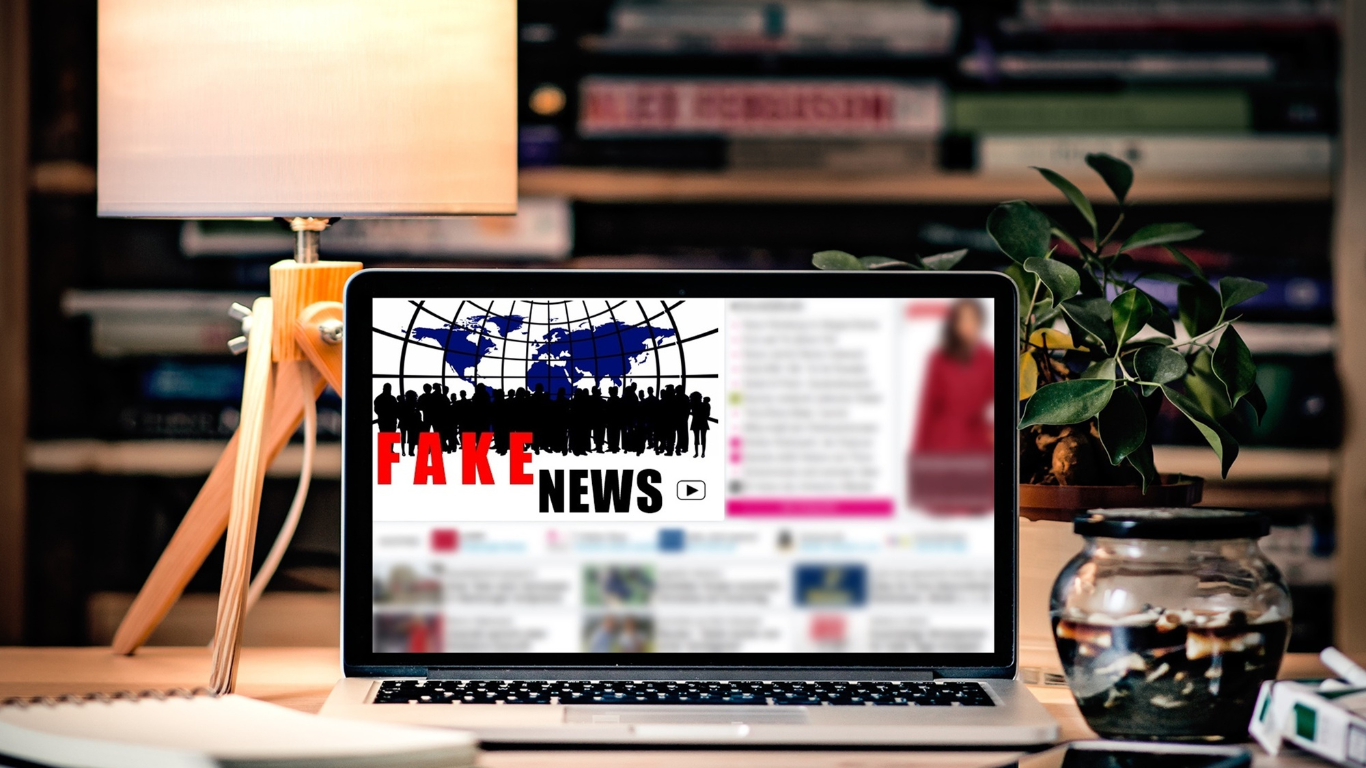The term Godi media has become a buzzword in India’s sociopolitical landscape, sparking debates about journalism, bias, and the role of media in democracy. As of March 27, 2025, this phrase—coined by acclaimed journalist Ravish Kumar—continues to resonate, reflecting concerns over media independence and its relationship with power. If you’re here to learn what Godi media means, how it emerged, and why it matters, this 3000+ word guide is your one-stop resource. Written in an informational tone, this blog post will explore its origins, key players, criticisms, impact, and current relevance, offering a comprehensive look for readers eager to understand this phenomenon. Let’s dive into the world of Godi media and unpack its significance in today’s India.
What Is Godi Media?
Godi media is a Hindi phrase translating to “lap media” in English, a pejorative term implying that certain Indian media outlets sit in the “lap” of the government, particularly the ruling Bharatiya Janata Party (BJP) since 2014. Coined by Ravish Kumar, a Magsaysay Award-winning journalist, it criticizes media houses accused of abandoning objectivity to serve as mouthpieces for political power, often at the expense of truth and public interest.
At its core, Godi media refers to a segment of India’s mainstream media—TV channels, newspapers, and digital platforms—perceived to prioritize government narratives, suppress dissent, and amplify propaganda. Outlets like Republic TV, Times Now, Zee News, Aaj Tak, News18, India TV, and the news agency ANI are frequently labeled as Godi media by critics. The term emerged post-2014, during Narendra Modi’s first term as Prime Minister, when media coverage allegedly shifted toward overt support for the BJP, raising questions about journalistic integrity.
Origins of Godi Media
To understand Godi media, we must trace its roots to India’s evolving media landscape and political shifts.
Pre-2014 Media Context
India’s media was once hailed as a pillar of democracy, with a vibrant press post-independence. Newspapers like The Hindu and The Times of India, alongside Doordarshan’s state-run TV, shaped public discourse. The liberalization of the 1990s ushered in private TV channels, diversifying voices but also introducing commercial pressures. By the 2000s, 24-hour news cycles and sensationalism began overshadowing in-depth reporting.
The 2014 Turning Point
The BJP’s landslide victory in 2014, led by Narendra Modi, marked a seismic shift. The party’s robust media strategy—leveraging TV, social media, and advertising—coincided with a perceived alignment of major news outlets with its agenda. Critics argue this wasn’t organic but driven by economic incentives and political influence. Ravish Kumar, then with NDTV, coined Godi media to describe this trend, drawing from the Hindi word “godi” (lap) to suggest a cozy, subservient relationship with the government.
Ravish Kumar’s Role
Kumar’s critique gained traction through his show Prime Time, where he exposed what he saw as media bias, misinformation, and fearmongering. His 2019 book, The Free Voice, further popularized the term, cementing Godi media as a rallying cry for those disillusioned with mainstream journalism.
Characteristics of Godi Media
What defines Godi media? Based on critiques from top sources and public sentiment in 2025, here are its hallmarks:
1. Pro-Government Bias
Godi media outlets are accused of uncritically amplifying BJP policies, Modi’s image, and Hindutva ideology, often ignoring or downplaying government failures like economic slowdowns or farmer protests.
2. Sensationalism
Screaming anchors, divisive debates, and sensational headlines dominate these channels. Topics like nationalism, religion, or anti-Pakistan rhetoric often overshadow substantive issues like healthcare or education.
3. Suppression of Dissent
Critics—be it opposition leaders, activists, or minorities—are vilified or ignored. For instance, during the 2020-21 farmers’ protests, Godi media allegedly framed protesters as anti-national rather than addressing their grievances.
4. Economic Ties
Reports suggest government ad spending—₹6,491 crore over eight years (2014-2022)—and corporate ownership by BJP-aligned conglomerates like Reliance and Adani incentivize this bias.
5. Misinformation
From doctored footage (e.g., JNU protests) to false claims (e.g., GPS in ₹2000 notes), Godi media has faced fines from bodies like the News Broadcasting and Digital Standards Authority (NBDSA) for spreading fake news and communal disharmony.
These traits distinguish Godi media from neutral or oppositional outlets like The Wire or NDTV (post-Kumar).
Key Players in Godi Media
Which outlets are most associated with Godi media? Here’s a rundown based on public discourse and critiques:
1. Republic TV
- Founder: Arnab Goswami.
- Criticism: Known for aggressive pro-BJP coverage, nationalism-heavy debates, and targeting opposition figures like Rahul Gandhi.
2. Times Now
- Ownership: Times Group.
- Criticism: Shifted from balanced reporting to Modi-centric narratives post-2014, with anchors like Navika Kumar leading charged discussions.
3. Zee News
- Ownership: Subhash Chandra, a former BJP Rajya Sabha MP.
- Criticism: Accused of promoting Hindutva and communal polarization, fined by NBDSA for Islamophobic content.
4. Aaj Tak
- Ownership: India Today Group.
- Criticism: Once respected, now criticized for sensationalism and aligning with government talking points.
5. News18 and India TV
- Ownership: Reliance (News18), Rajat Sharma (India TV).
- Criticism: Heavy reliance on government ads and pro-BJP framing, especially during elections.
6. ANI (Asian News International)
- Role: News agency supplying content to many outlets.
- Criticism: Seen as a conduit for government press releases, lacking independent verification.
These players dominate India’s media market, shaping narratives for millions daily.
How Godi Media Operates
How does Godi media sustain its influence? Its mechanisms are rooted in economics, politics, and media strategy:
Government Advertising
Official data shows the BJP government spent ₹1.95 crore daily on ads in 2019-20 alone, with channels like Republic and Times Now as prime beneficiaries. This financial lifeline allegedly ensures favorable coverage.
Corporate Ownership
Conglomerates with BJP ties—Reliance (News18, CNN-News18) and Adani (NDTV post-2022)—own major outlets, raising conflict-of-interest concerns. Critics argue editorial lines bend to protect these owners’ business interests.
Content Manipulation
Godi media often prioritizes divisive issues—religion, caste, or “anti-national” threats—over policy analysis. For example, during the 2019 Pulwama attack, channels focused on war rhetoric rather than intelligence failures.
Journalist Pressure
Reporters face harassment, legal cases, or job loss for dissent. India ranks 161st on the 2024 World Press Freedom Index, reflecting a risky environment blamed partly on Godi media’s chilling effect.
Criticisms of Godi Media
The Godi media label isn’t without controversy. Here’s why it’s criticized—and defended:
Criticisms
- Undermines Democracy: By echoing government lines, it stifles debate and accountability, polarizing society on issues like CAA or farm laws.
- Erodes Trust: Public faith in media has plummeted; a 2023 survey showed only 38% of Indians trust TV news, down from 60% pre-2014.
- Spreads Misinformation: NBDSA fines and fact-checks (e.g., Alt News debunking JNU footage) highlight its role in fake news.
- Economic Decline: Outlets haven’t profited—online ad revenue shifts to Google and Meta, and a sluggish economy hurts traditional media.
Defenses
- Market Demand: Supporters argue Godi media reflects audience appetite for nationalism and Modi’s persona, not just government pressure.
- Opposition Bias: Some claim critics like The Wire are equally partisan, just anti-BJP, making Godi media a counterbalance.
- Free Speech: Outlets deny coercion, asserting editorial freedom despite ad revenue ties.
This duality fuels ongoing debate about Godi media’s role.
Impact of Godi Media on Indian Society
The Godi media phenomenon has far-reaching effects:
Political Influence
- Election Sway: During 2019 and 2024 polls, Godi media amplified BJP campaigns, framing Modi as invincible while attacking rivals like Congress or AAP.
- Opposition Marginalization: Leaders like Rahul Gandhi or Arvind Kejriwal are caricatured, reducing their visibility.
Social Polarization
- Coverage of CAA protests, Ram Mandir, or Article 370 often pits Hindus against Muslims, deepening communal divides. NBDSA noted “Islamophobia” in Zee News reports.
Press Freedom
- India’s press freedom decline—150th in 2014 to 161st in 2024—parallels Godi media’s rise, with journalists facing sedition cases or violence.
Public Perception
- X posts in 2025 lament, “Godi media buries truth for TRP,” reflecting widespread disillusionment, though some defend it as “patriotic.”
Godi Media in 2025: Current Landscape
As of March 27, 2025, Godi media remains a hot topic:
Post-2024 Election Shift
- The BJP’s reduced majority in 2024 (240 seats vs. 303 in 2019) forced coalition reliance, prompting speculation about Godi media softening its tone. Outlets like Times Now have aired more opposition voices, though bias persists.
Digital Expansion
- Godi media extends online—Republic’s YouTube channel boasts 15 million subscribers, amplifying its reach beyond TV. X debates rage, with #GodiMedia trending during controversies.
Legal and Regulatory Scrutiny
- NBDSA fines (e.g., ₹50 lakh on Zee News in 2023) and Supreme Court remarks on “hate speech” signal growing oversight, yet enforcement lags.
Alternative Media Rise
- Platforms like The Wire, Scroll, and YouTubers like Dhruv Rathee counter Godi media, gaining traction among urban youth seeking unbiased reporting.
Comparing Godi Media to Global Trends
Is Godi media unique? Here’s how it aligns with global media bias:
| Aspect | Godi Media (India) | Fox News (USA) | RT (Russia) |
|---|---|---|---|
| Bias | Pro-BJP | Pro-Republican | Pro-Kremlin |
| Funding | Govt ads, corporates | Corporate ads | State-funded |
| Criticism | Misinformation, communal | Polarization | Propaganda |
| Reach | TV, digital | TV, digital | Global TV, online |
| Press Freedom Rank | 161st (2024) | 23rd | 164th |
Godi media mirrors state-aligned media elsewhere, but India’s democratic context and economic drivers set it apart.
Why Does Godi Media Persist?
Despite criticism, Godi media thrives due to:
Economic Incentives
- Government ads (₹1,200 crore in 2023-24) and corporate backing keep channels afloat amid declining traditional revenue.
Audience Appetite
- Nationalism and Modi’s popularity—56% approval in 2024 per Pew—fuel demand for Godi media’s tone.
Political Leverage
- The BJP’s media machine uses Godi media to shape narratives, especially during crises like COVID-19 or border tensions.
How to Identify Godi Media
Want to spot Godi media? Look for:
- One-Sided Coverage: Relentless praise for Modi/BJP, minimal critique.
- Sensational Anchors: Loud, confrontational styles (e.g., Arnab Goswami’s debates).
- Selective Reporting: Ignoring scams or protests while hyping government wins.
- Ownership Ties: Links to Reliance, Adani, or BJP figures.
Cross-check with alt-media or fact-checkers like Alt News for balance.
The Future of Godi Media in 2025 and Beyond
What lies ahead for Godi media?
Potential Shifts
- Coalition Pressure: A weaker BJP may force neutrality if coalition partners demand it.
- Digital Regulation: Proposed IT rules (2025 draft) could curb misinformation, impacting Godi media’s tactics.
- Youth Backlash: Gen Z’s preference for YouTube and X over TV might shrink its influence.
Challenges
- Credibility Crisis: Trust erosion could push advertisers away.
- Legal Risks: Stricter hate speech laws might penalize divisive content.
By 2026, Godi media could either adapt or fade if alternative voices gain ground.
Why Godi Media Matters in 2025
Godi media matters because it shapes how India sees itself—at a time when democracy, diversity, and truth are under scrutiny. Its influence on elections, social cohesion, and press freedom makes it a litmus test for India’s media health. As citizens demand accountability, understanding Godi media empowers us to question narratives and seek facts.
Conclusion
The death of Lal Bahadur Shastri may be a historical mystery, but Godi media is a living one—evolving, contentious, and deeply tied to India’s present. From Ravish Kumar’s coinage to its 2025 relevance, this guide has unpacked its layers: bias, power, and impact. Whether you view it as a journalistic betrayal or a market-driven reality, Godi media reflects the stakes of a free press in a polarized age. Stay curious—check X, read alt-media, and dig deeper—because in 2025, the truth is still up for grabs.




